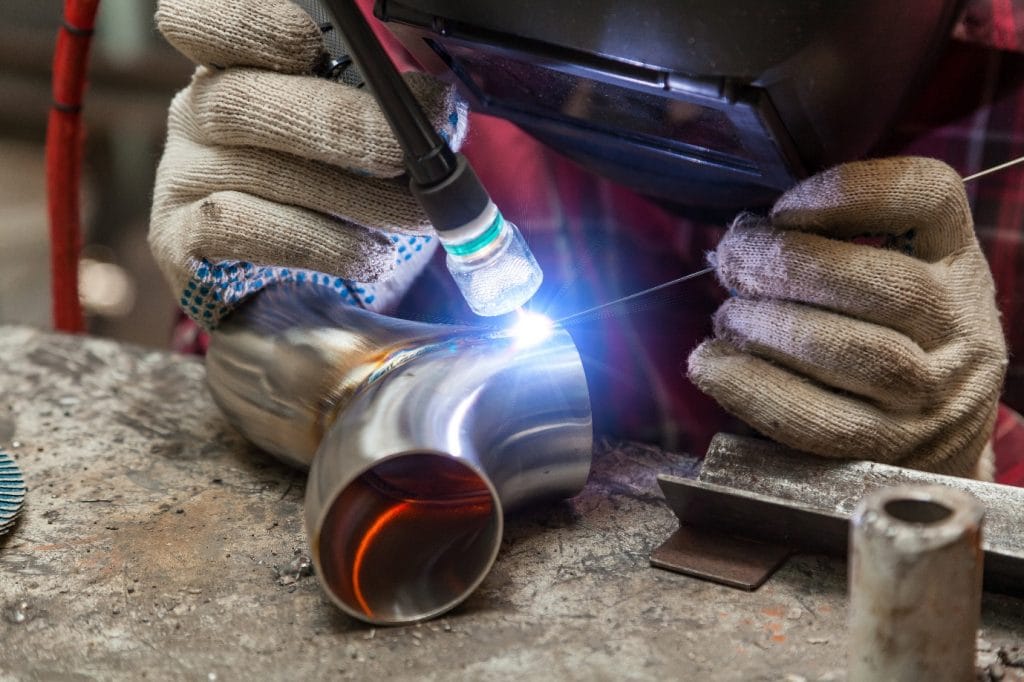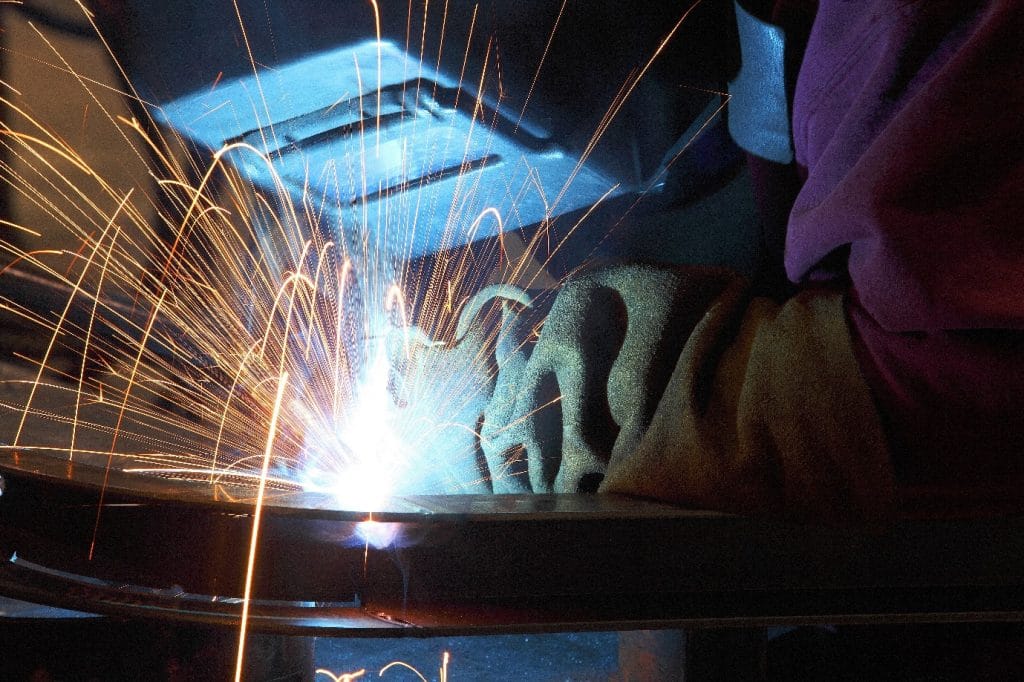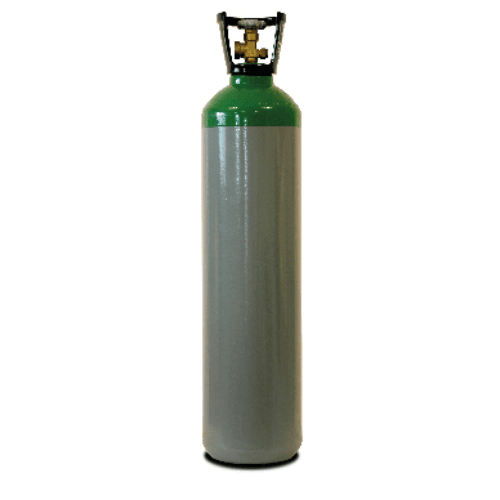What Is the Difference Between TIG & MIG Welding?
When welding, there are two main welding processes that you can use. Choosing the right type of welding for your project is essential for its success. When you do the wrong kind of welding, you can end up with problems to your final project such as weak bonds, corrosion in the weld join or the metal may not weld in the first place.
These two welding techniques are very similar, but with a few key differences. Today, we’re going to be taking a look at them in-depth, looking at their differences and what kind of projects they are both suited to. Here’s everything you need to know about the difference between TIG welding and MIG welding.
TIG
TIG stands for tungsten inert gas, and this welding process involves using long rods that fuse two pieces of metal directly together by using a non-combustible tungsten electrode to deliver the current to the welding arc. Shielding is required, and this comes from a compressed bottle of gas, which protects the weld area from the air.
This welding technique requires two hands and is a very precise process. One hand feeds the filler rod into the weld puddle, and the other holds and uses the electric torch. It is an accurate process that requires refined skill and technique, needing to be done at a slow, steady pace to create clean, neat welding. However, that does mean that it is the more difficult of the two techniques to learn and certainly not for beginners.
Due to its precision and tidiness, this type of welding is often appropriate for small amounts of welding, especially where thin metal is used, such as aluminium and copper alloys.

MIG
MIG stands for metal inert gas, but can also be known as wire welding. MIG welding uses a similar process to TIG welding, using electrical arcs to produce heat and join metal together. Both also use inert gas mixtures to prevent corrosion.
The difference between the two welding techniques is that MIG uses a continuous feeding metal wire into the weld, which acts as a filler material to help join the two objects together. As the wire leaves the welding gun, it connects with the electric tip, which causes the wire to melt and create the desired weld. When the heat is removed, the weld pool cools down and solidifies to form the new piece of fused metal.
Think of it as a similar process to using a hot glue gun, as it is easy to use and can be done speedily. Because of the feed-in wire, this welding technique is often used for thicker pieces of metal, as they do not need to be heated all the way through.
It is typically considered to be the easier of the two processes, more forgiving of mistakes, unlike TIG welding, which is not usually recommended for first-time welders. It is used in and around factories and metalworking workshops, and can also be great for hobby welders working on projects in their garages due to it being a much more simple process and easier to learn.

Both welding processes require shielding gas, which is used to protect the weld pool from the effects of the atmosphere, such as oxidation and nitrogen absorption. At Bottled Gases, we have a wide selection of both MIG welding gas and TIG welding gas. We have fine-tuned our range of products to include something to suit all requirements. You can find gas bottles from as little as 2L for easy transportation right up to 50L for businesses that require larger amounts of gas.
We can provide you with CO2 and argon mixes that are suitable for both MIG and TIG. So whichever welding technique you decide is best for your project or business, we will have the right kind of welding gas to suit your needs.

At Bottled Gases, we are a UK leading welding and bottled gas supplier. We have a wide range of online welding and gas products available at competitive pricing. Whether you use gas regularly or you just want a one-off purchase, we can help. Contact us today to find out more about our products.


